Subphylum Vertebrata Suborder Sauria Scientific name Ophisaurus attenuatus Rank Species | Phylum Chordata Higher classification Glass lizard | |
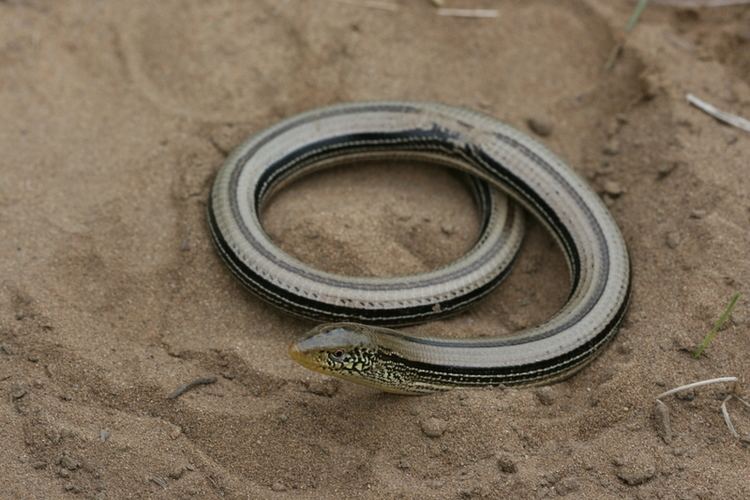 | ||
Similar Glass lizard, Reptile, Ophisaurus ventralis, Six‑lined racerunner, Scaled reptiles | ||
Glass lizard facts about the western slender glass lizard
The slender glass lizard (Ophisaurus attenuatus) is a legless lizard in the family Anguidae. The species is endemic to the United States. Two subspecies are recognised.
Contents
- Glass lizard facts about the western slender glass lizard
- Western slender glass lizard feeding
- Subspecies
- Description
- Geographic distribution
- Behavior
- Diet
- Reproduction
- Conservation status
- References
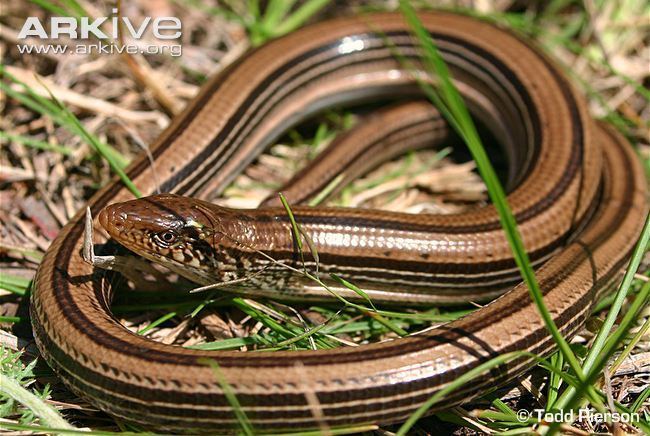
Western slender glass lizard feeding
Subspecies
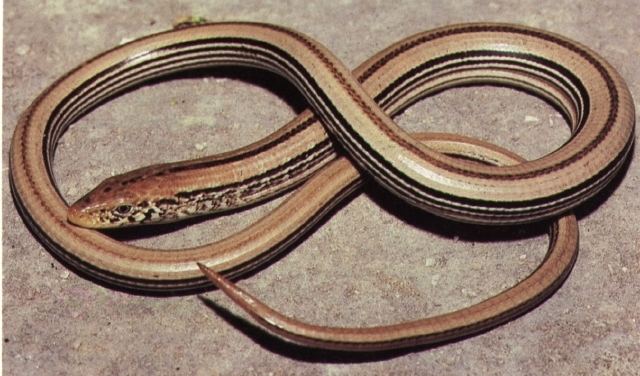
Description
Slender glass lizards have yellow to brown bodies with six stripes, and they have two lateral grooves (one on each side). Unlike snakes, they have eyelids and ears. O. attenuatus can attain a total length (including tail) of up to 1 metre (about 40 inches).
Geographic distribution
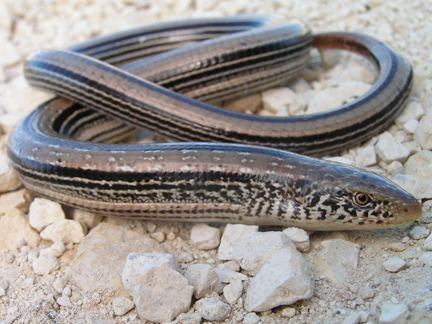
O. attenuatus is found in the United States, from as far north as Wisconsin, east to Virginia, south to Florida, and west to Texas, in grasslands or open woodlands.
Behavior
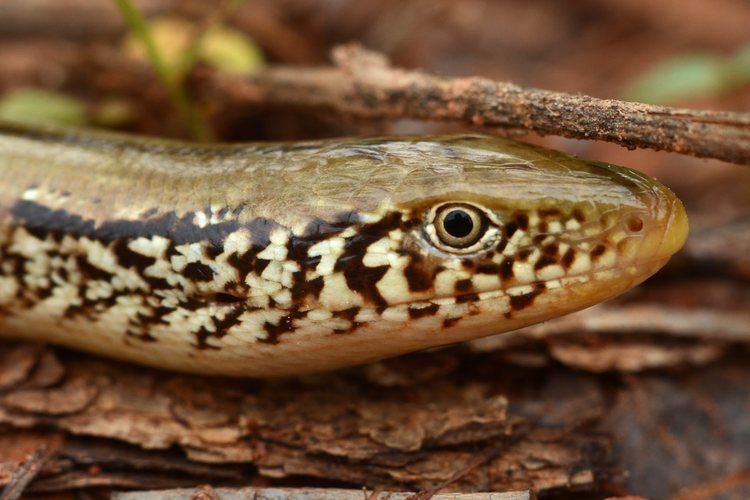
Slender glass lizards are diurnal, so they are quite often seen, but they can move fast (with a serpentine movement like that of a snake). If captured, a specimen may thrash vigorously, causing part of the tail to fall off in one or more pieces. While a potential predator is distracted by the wiggling tail, the lizard quickly escapes. They sleep in burrows borrowed from other animals, and in the northern reaches of their range, slender glass lizards will use those burrows to hibernate through the winter.
Diet
Slender glass lizards eat a range of insects, such as grasshoppers, crickets and beetles, and will also consume spiders, small mice, snails, and the eggs of other reptiles and ground-nesting birds. Unlike snakes, glass lizards do not have flexible jaws, and this limits the size of prey items they can consume. They forage both above ground and underground in burrows.
Reproduction
Mating typically occurs biannually, in mid-spring. The female lays and broods a clutch averaging 12 eggs in June or July. Eggs hatch 50–60 days after being laid. Hatchlings are 10–13 cm (3.9–5.1 in) long. Sexual maturity is attained at two or three years of age.
Conservation status
Although not endangered overall in the US, O. attenuatus is regarded as vulnerable or endangered in some states. Its primary threats are loss of habitat, and the fragmentation of what remains, by human development.
